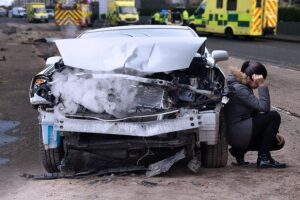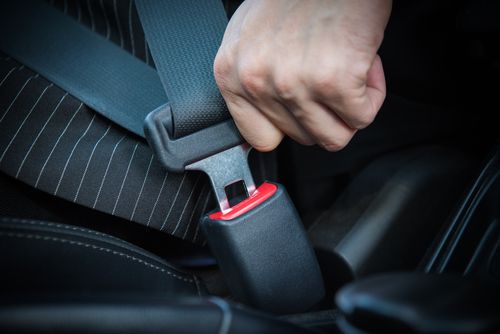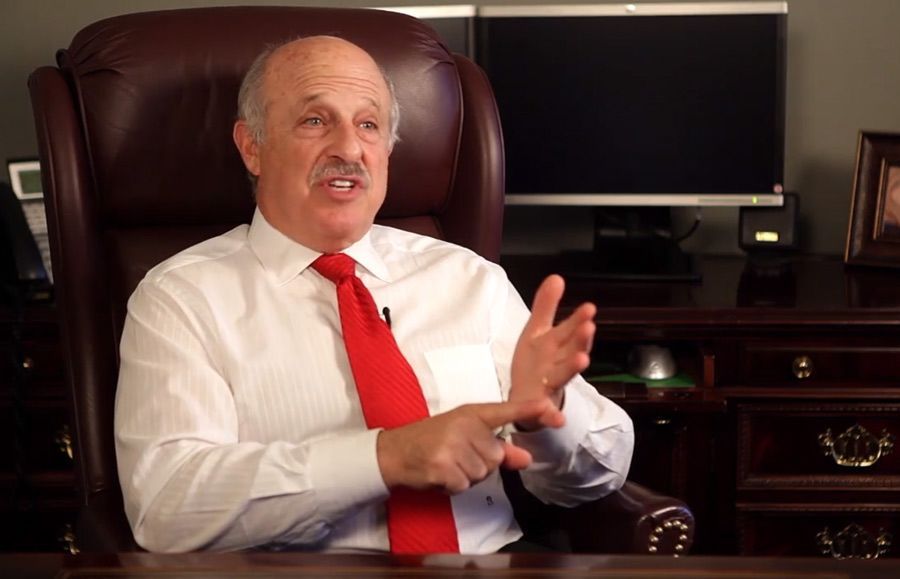
Any time you experience an extremely traumatic event, you are a potential victim of post-traumatic stress disorder. Many people associate this condition with military members following active duty or sexual assault survivors, but it commonly occurs following car accidents, as well.
For a free legal consultation, call 516-451-7900
Post-Traumatic Stress Disorder Defined
Post-traumatic stress disorder (PTSD) is a psychiatric disorder that often occurs in people who experience or witness emotionally triggering events such as natural disasters, war, a severe accident, terrorism, physical abuse, or rape, or who were threatened with the same. It’s not unusual for car accident survivors to experience PTSD after motor vehicle accidents.
People living with post-traumatic stress disorder have disturbing thoughts and feelings relating to their experiences. The emotional distress lasts long after the traumatic incident is over. They often relive the event through nightmares or flashbacks. They feel sadness, depression, fear, and anger. They may also experience feelings of extreme isolation. Victims may avoid situations that remind them of the original trauma and may overreact to loud noises and accidental touches.
Mental health professionals working with people living with PTSD focus on:
- Re-experiencing the original stressor
- Avoidance of similar stimuli
- Numbing and hyperarousal of emotional stress responses
Common Symptoms of PTSD
PTSD has become a common psychological consequence of traffic accidents.
The symptoms after such a collision can include:
- Psychologically re-experiencing the accident
- Vivid flashbacks (feeling as though the trauma is occurring in the present)
- Intrusive thoughts about the accident
- Nightmares
- Persistent avoidance of thoughts or situations associated with the accident
- Numbing of emotional responses
- Intense distress at tangible or symbolic reminders of the trauma
- Physical symptoms like pain, sweating, nausea, and trembling
- Increased startle reflex, irritability, disturbed sleep
- Being easy to upset or anger
- Hypervigilance
- Sleep disturbances
- Difficulty concentrating
- Inability to express affection
- Lack of trust
- Feeling as though nowhere is safe
- Overwhelming feelings of anger, sadness, guilt, or shame
A recent study showed that 30 days after a car crash, one-third of the victims of a traffic accident will exhibit symptoms of PTSD.
Click to contact our personal injury lawyers today
Physical and Emotional Effects of PTSD
Scientists are not quite sure why PTSD should have physical symptoms. The current theory is that the release of cortisol and adrenaline in the fight or flight response leads to the display of physical symptoms of the disorder.
Some of these symptoms are:
- Continued production of stress hormones
- Headaches
- Dizziness
- Chest pain
- Stomach pain
- Flashback—seeing full or partial images of what happened
- Focusing on sounds, smells, or tastes connected to the trauma
- Feeling phantom pain or pressure
- Re-experiencing the emotions of the accident
In addition, there are emotional and behavioral symptoms of PTSD that victims should anticipate.
These include difficulty with:
- Nightmare
- Memory loss
- Intrusive thoughts
- Negative thoughts about self and others
- Self-Isolation
- Reduced interest in previously enjoyed activities
- Insomnia
- Difficulty feeling positive emotions
- Exaggerated startle response
These symptoms can help you determine whether you or your loved one may be at risk of developing PTSD. If you think this might be the case, contact a mental health professional for assistance. You should also make sure your attorney knows that you may suffer from PTSD since its costs will form a significant portion of your settlement.
Complete a Free Case Evaluation form now
Pain and Suffering After a Traumatic Event
Pain and suffering after an accident in New York fall under non-economic damages. These damages are more speculative and subjective than economic damages. Because pain and suffering damages point to the future, the court will often require expert testimony to establish the amounts at issue. Although pain and suffering appear to refer to just one phenomenon, it actually refers to physical pain and mental suffering. Pain and suffering are also available in a New York wrongful death action.
A car accident attorney or insurance company might calculate pain and suffering damages using a multiplier. Once they determine the total compensatory economic damages, they apply a multiplier to that total. In other words, if there is a severe accident where the plaintiff receives an award of non-economic damages of $100,000 and the accident is so severe that the multiplier is 4.5, the plaintiffs will receive a total of $550,000. That is, they will receive the $100,000 economic damages and 4.5 times that amount of $450,000, for a total of $550,000.
The alternative method is the per diem method. It looks at the daily cost of the injury to the victim and multiples those days times the individual’s wages.
Certain factors are critical in calculating pain and suffering damages for PTSD using either method. An experienced personal injury lawyer can review your PTSD case and advise you on how these factors might impact your recovery.
These factors include:
- Whether the individual suffers from depression or anxiety
- Whether the victim has a loss of appetite or sexual dysfunction
- How the condition affected the victim’s daily life and relationships
- The length of the expected recovery
- If your injuries that caused the PTSD will shorten your life expectancy
The more severe these factors are in a given case, the more likely PTSD pain and suffering compensation will be substantial.
To no one’s surprise, approximately one-third of traffic accident victims suffer from PTSD. The worse the accident, the greater the likelihood of the onset of symptoms.
What Can You Recover for PTSD?
There are different kinds of damages in personal injury cases:
- Economic Damages – Economic damages are objective, out-of-pocket losses that an invoice a timesheet easily demonstrate. Economic damages usually pay for the victim’s losses. In the PTSD context, the victim will be looking for medical and hospital treatment costs and treatments with mental health professionals.
- Non-Economic Damages – Non-economic damages are the more subjective, carried into the future damages. Documentation does not necessarily support them, and proof may require expert testimony. Pain and suffering fall into the non-economic damages section, as does the cost of treating this disorder.
- Punitive Damages – Punitive damages are rare in car accident cases. They only apply when the defendant’s conduct shocks the court by showing an extremely high level of reckless disregard for the safety of others on the road. The punitive damages go to the victim but do not represent compensation for specific losses. Instead, they aim to punish the defendant and deter others from similar misconduct.
- Specific PTSD Damages – PTSD symptoms can start immediately after an accident or not for months. However, the critical issue for damage recovery is that the symptoms can last for years. Damages should cover the emotional and mental struggles, pain and suffering, treatment costs, missed wages, and loss of enjoyment of life, among other things.
To establish the victim’s claim, they must prove the impact PTSD has on their life. Medical and therapeutic records can also be a primary factor in demonstrating the severity of the victim’s suffering from PTSD. Testimony of the treating professionals is also highly desirable.
Costs of Treating PTSD
PTSD treatment can be expensive to treat, and treatment can go on for years. This classic example of pain and suffering because lawyers must predict the damages and support them with expert testimony regarding the likely duration of the treatment and its costs. The costs will vary based on the exact treatments applied and whether drugs and therapy are needed.
Prognosis of PTSD
Without treatment, PTSD will often get worse over time. But therapy can cure or at least alleviate the symptoms. Healing is a slow process, and the traumatic memories never disappear entirely.
Factors that affect the prognosis of a particular PTSD case include:
- Individual’s resilience
- Secondary stresses on the individual
- Level of support provided to the sufferer
- Individual’s prior traumatic experiences
- Continuation of the original stress
- The severity of the illness
Assessment of PTSD
There are various assessment tools available for the diagnosis of PTSD. A psychological professional can determine which diagnostic tools are best for each situation.
Interview Assessment Tools
Professionals usually assess PTSD through the application of tests and structured interviews with potential sufferers. One of the more common tools is the PTSD Scale for DSM-5. The PTSD Scale can help make a diagnosis, determine a lifetime prognosis, or assess recent symptoms.
Also used frequently is the PTSD Symptom Scale Interview, a semi-structured interview for assessment and diagnosis. The Structured Clinical Interview, PTSD Module works for the significant DSM-5 diagnosis of PTSD. It is much more freeform than most of the other assessment tools.
The Treatment-Outcome Post-Traumatic Stress Disorder Scale (TOP-8) is an eight-time interview-based assessment of the DSM-14 version of PTSD. The TOP-8 was developed from a more extensive PTSD assessment tool by focusing on items frequently selected by those with PTSD who responded substantially to the treatment over time. The eight items come from all three symptom clusters.
Self-Report Assessment Tools
The Davidson Trauma Scale is a 17-item self-report instruction that assesses the DSM-IV symptoms of PTSD. It allows for both a frequency and severity score to be created and permits a preliminary DSM-IV diagnosis. Also used frequently is the Impact of Event Scale, which is a 22-item self-report that lets the sufferer indicate how much the preceding seven days stressed them. It is not intended for diagnosing PTSD but rather for assessing subjective stress and identifying individuals who might have PTSD.
The most recent is the PTSD Checklist for DSM-5. This questionnaire is a 20-item self-report instrument. It screens for PTSD and makes provisions for diagnoses. Generally, a final diagnosis will require additional assessments. Finally, the Short PTSD Rating Interview is an eight-item self-report that assesses primarily the core symptoms of intrusion, avoidance, numbing, and arousal. It also includes bodily malaise, stress vulnerability, and the role and social functional impairment. This interview is not mapped to any specific DSM but aims to capture the common symptoms to measure the severity of an individual’s PTSD.
Treatment of PTSD
The primary treatments of PTSD include specific short-term therapy. Some people may find more success with one treatment than another. Sufferers should seek treatment only from those experienced in treating PTSD.
Cognitive-Behavioral Therapy
Cognitive-behavioral therapy (CBT) is talking therapy focusing on learning to recognize the distortions of reality that one makes. It then reevaluates them in relation to reality. Patients also learn to better understand others and learn problem-solving skills and a greater sense of self-confidence. The treatment also involves facing one’s fears, role-playing, and learning to call the mind and body out as needed.
Cognitive therapy has consistently been the most effective treatment of PTSD for both long- and short-term results. It is trauma-focused, meaning that the process will focus on the traffic accident.
Other therapies used include Eye Movement Desensitization, Reprocessing, Exposure Therapy, and Present Centered Therapy. The former focuses on the event and sounds that recall it, while the latter focuses on current life stressors.
Medications
Medication may augment therapy. Typical drugs are selective serotonin re-uptake inhibitors (SSRI) or other antidepressants. Anti-anxiety medications like Valium are also used occasionally on a short-term basis.
Contact a PTSD Car Accident Attorney Today
Pain and suffering are not necessarily easy for a car accident victim to prove. In estimating the costs of these injuries, you are generally talking about the future and things with prices you cannot predict. Insurance company lawyers, who are never eager to settle a case, are particularly reluctant to consider a settlement with tens of thousands of dollars in damages for PTSD.
A skilled and experienced PTSD crash attorney will bring the scope and depth of their knowledge to fighting your case with the insurance company. The attorney will be familiar with the delaying tactics used by the insurance company lawyers and will use that knowledge to advocate for the best settlement for you.
When you are already under the stress of dealing with PTSD, the best use of your energy is to work on healing and returning your life to its pre-injury quality. Let your attorney handle the claim and the emotional stress that goes along with it. For yourself, focus on health alone.








